Location
The Postal Museum is situated near Farringdon, Russell Square and just a short walk from King’s Cross and Chancery Lane underground stations.

The museum is located in two buildings across the road from each other. One building houses the Mail Rail train whilst the other contains most of the exhibitions and the cafe. Standard tickets £17 (£1 discount if booked online). Tickets include unlimited access to the Postal Museum for one year plus one Mail Rail ride.
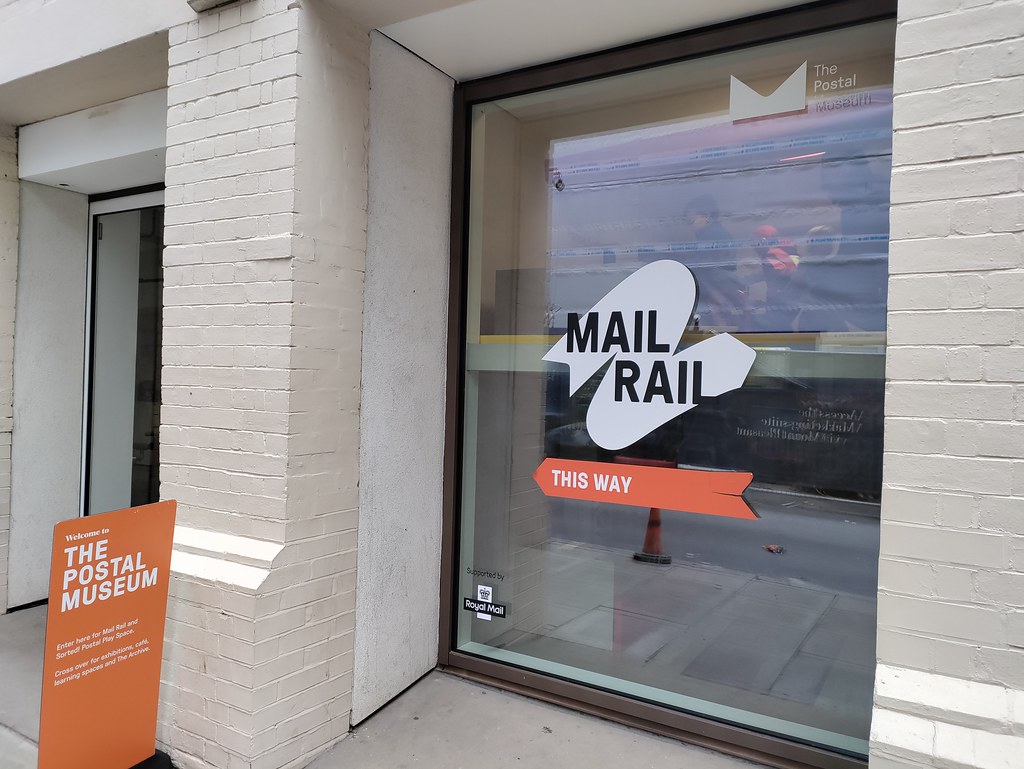
We had arranged pre-booked tickets which include a timed entry to Mail Train so we went there first. We were actually booked on the first departure of the day which proved to be a bonus as the small train wasn’t busy and we enjoyed an entire carriage to ourselves. All bags must be placed into secure lockers due to lack of space but we could of course keep our cameras and phones to record the journey.

The mail train has a driver and is driven manually but used to be automated when it only moved post. It was designed to carry post and was not built as a tourist attraction for carrying people so it’s a tight squeeze as there’s not much space on board. It’s well worth the cramped conditions though as visitors are taken on a 15 minute journey back in time deep under Royal Mail’s Mount Pleasant sorting office, discovering a unique piece of London’s industrial heritage.

We journeyed through the original tunnels and station platforms of London’s 100 year old postal railway. The train paused at various points to view the original platforms where men would grab sacks of letters and others were placed on the train. The post would then be sorted in the sorting offices above the Mail Rail stations.

We were then able to watch projected films on the walls of the station platforms telling us about the train that travelled beneath the streets of London for 22 hours every day, transporting us back to the railway’s 1930’s heyday. The audio visual guide is narrated from the perspective of a former employee and is told in such a way that it is of interest for all age groups.
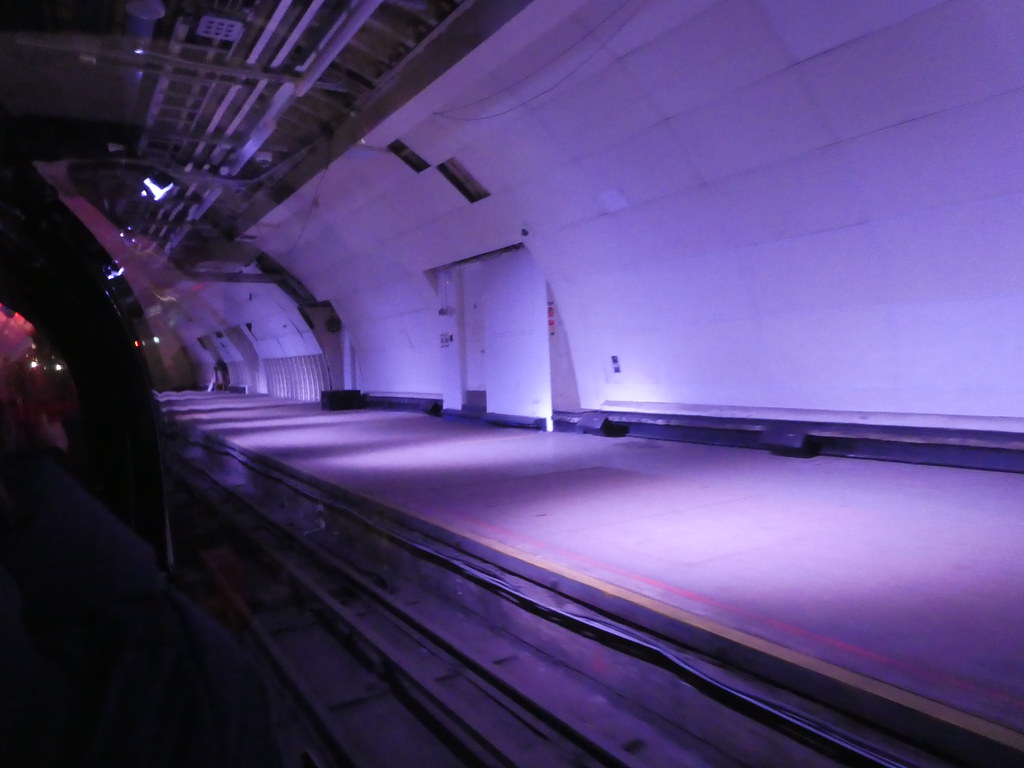
Once the trip ends visitors are led through to another section of the building which explains about the workings of the railway where we found old machinery and played a post sorting game in a ‘shaking’ carriage. This was great fun for all the family as we had to race to sort out all the post into the correct pigeon holes before the time ran out.

There was also a ‘Mail Rail Signalling Simulator’ signalling computer game demonstrating how both the train at the current station had to signal it was ready to leave and the next station had to signal its readiness to accept its arrival before the train departed.
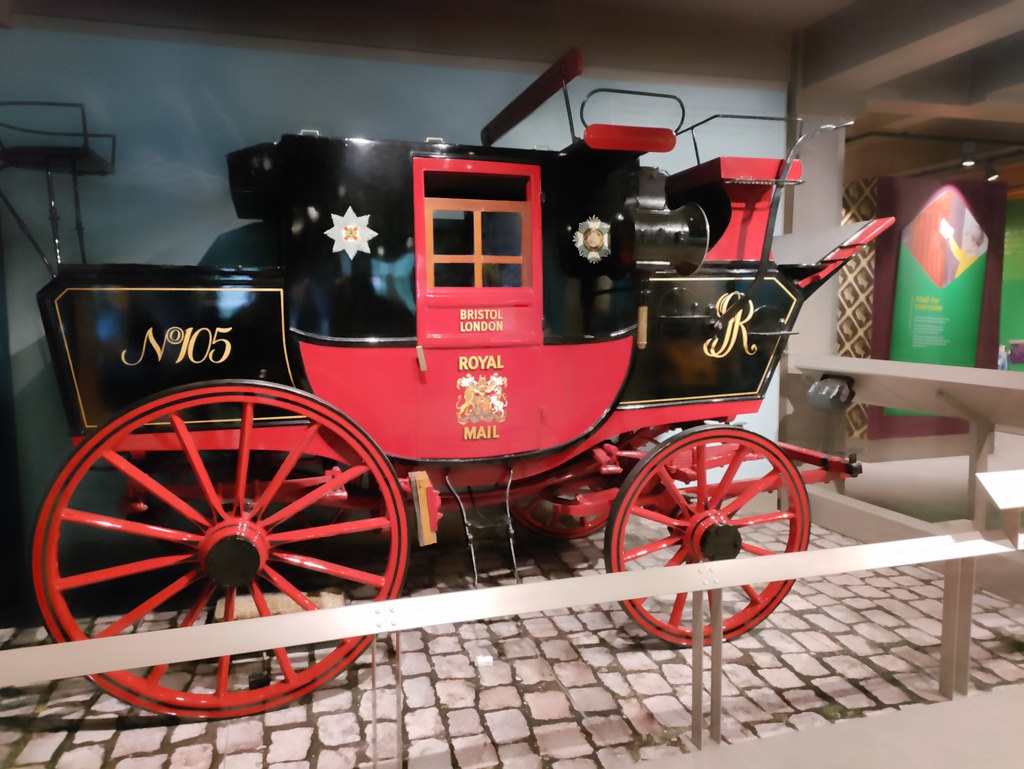
Having viewed all the exhibits in this building, we crossed the road to view the main exhibition space. Here we found a collection of delivery vehicles through the ages ranging from bicycles to numerous postal vans.

Galleries explore the postal service from the sending of Christmas, birthday and postcards through to wartime letters home, the delivery of business letters and packets and parcels.
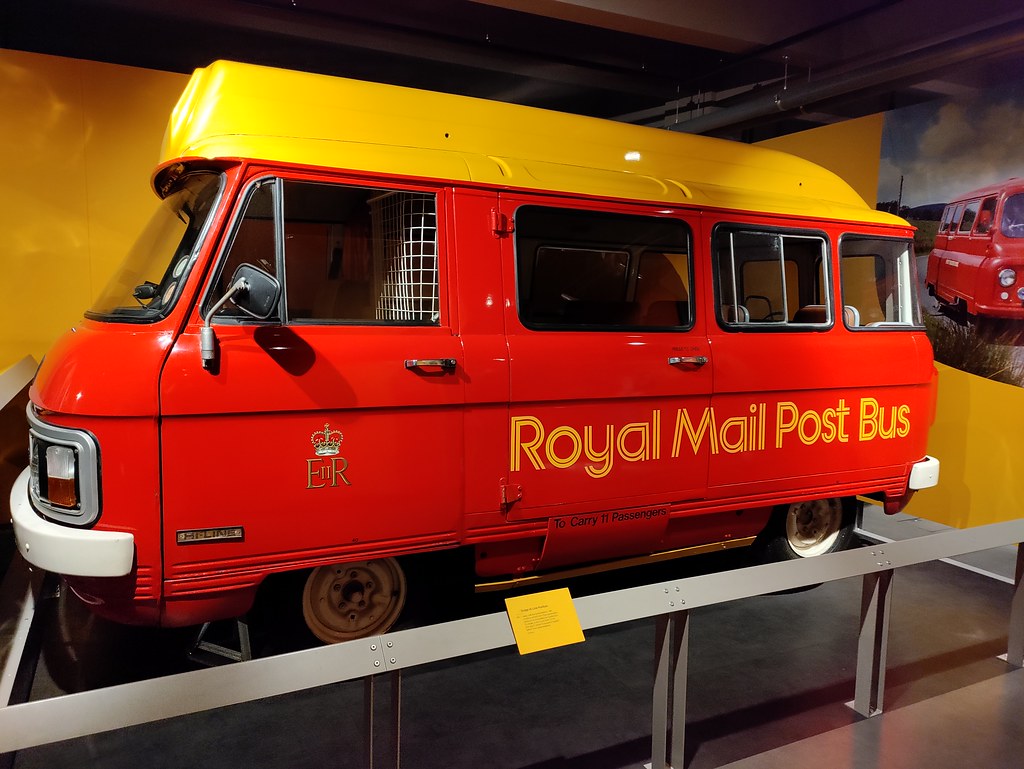
On display are examples of everything used for the sorting, cancelling, collection and delivery of mail from the first ever hexagonal pillar box to the ones we see on our streets today.

Another section focuses on stamps with a large philatelic collection including the world’s first ever stamp, the Penny Black. An exhibition of stamps was on display featuring the late Queen Elizabeth II and after viewing them we then had a go at designing our very own stamp which we could email to ourselves as a souvenir of our visit.
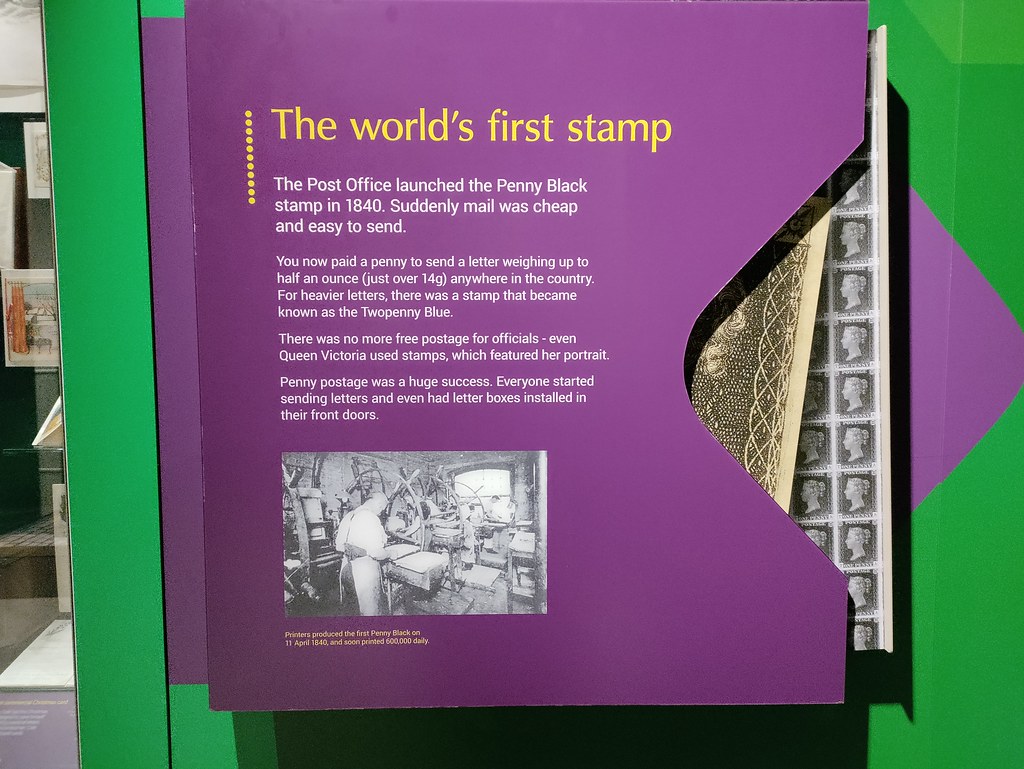
The history of the postcode gallery was also very interesting. We discovered that it had been first trialled in Norwich in 1959. This mechanised sorting operation was introduced by Royal Mail to overcome the problems of labour intensive letter sorting.

After trials, in 1966 the eight year programme to postcode the entire country began and was completed by 1974 with the recoding of Norwich. Today, Royal Mail’s online postcode finder is one of the UK’s most used webpages with more than 40 million visits a year.

In addition to the postal history there are numerous hands-on activities such as being able to send items along pneumatic shoots around the museum and then watch their progress. There’s also postal dressing up clothes, a soft play centre ‘Sorted’ (additional charge), gift shop and cafe with outdoor terrace for warmer days. We very much enjoyed our visit to the museum spending over two hours enthralled with its Mail Rail ride and exhibits.
Details: The Postal Museum, 15-20 Phoenix Place, London WC1X ODA.
We were guests of the Postal Museum and as always, all views and opinions are entirely my own.
If you have enjoyed reading this post you may also like:
Churchill War Rooms and HMS Belfast, London
St. Paul’s Cathedral, Tower of London & The Shard
Source link
